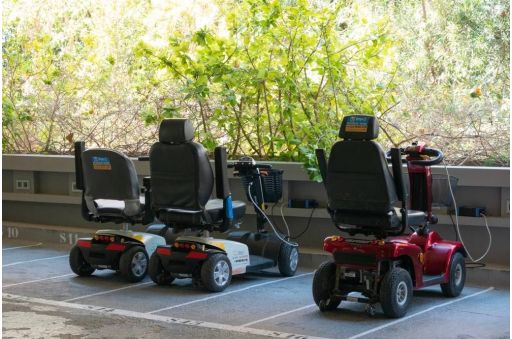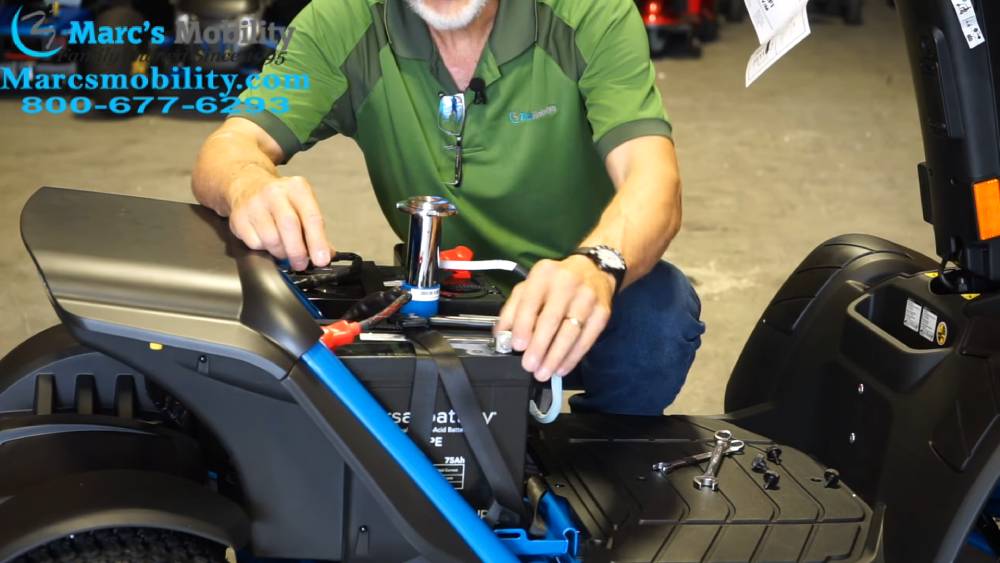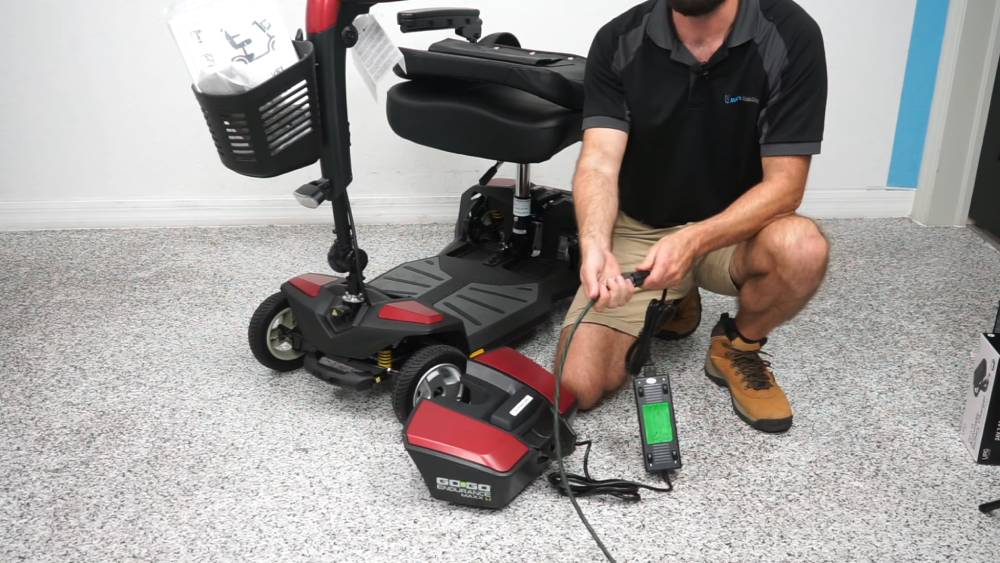
The Most Common Mobility Scooter Charging Problems
For individuals who depend on mobility scooters for transportation, ensuring the battery remains charged is crucial for maintaining independence and mobility. Nonetheless, there may be cases where scooter charging systems encounter problems that hinder their ability to power your device properly. Let’s discuss the common issues related to charging mobility scooters and provide solutions to tackle them.
Scooter Won’t Turn On When Plugged In
When you connect your depleted mobility scooter battery to the charger and come back after a few hours, you expect a full charge. However, it's frustrating to find that the mobility device still won't turn on. This issue can arise from several potential causes. Firstly, loose battery connections can hinder the proper flow of power needed to charge the battery. Over time, the regular use of the mobility scooter may cause vibrations and movements that loosen the internal battery connections. To address this, inspecting the cables and terminals within the battery and securing any loose connections can be helpful.
Defective chargers are another common cause when a scooter fails to charge. If the charger is damaged due to dropping the battery, exposure to liquids, or excessive heat, it may result in inconsistent, interrupted, or no power supply for charging the battery. Conducting tests using a verified working charger or voltmeter can help identify issues with your specific unit. If found faulty, replacing the charger with an exact equivalent for your scooter model will have you back on the road in no time.
If your mobility scooter battery has reached the end of its lifespan and can no longer hold a charge, no charger will be effective in rejuvenating it. Typically, standard batteries endure 2-3 years of regular use before necessitating replacement. Assessing the age and usage of your current battery may indicate whether a new battery could resolve persistent charging issues.

Scooter Stops Charging Before Battery Full
One frustrating charging scenario occurs when the battery fails to reach full charge before the scooter stops charging. As a result, the mobility device might operate for a period of time before unexpectedly losing power during your travels. Several common issues can lead to premature charging cutoff. Defective chargers that have experienced internal brownouts may be unable to provide a complete recharge. To determine if a replacement is necessary, testing with a known good charger is recommended.
Voltage converters connected between regular wall outlets and mobility scooter chargers can deteriorate over time. If the voltage converter is not outputting a consistent level, charging will spike and cut off erratically. Swapping in a verified working converter is the solution here should your converter prove defective via voltmeter analysis.
Ultimately, if both your charger and converter are functioning properly, the most common reason for a battery not reaching full capacity is the natural degradation of the battery itself. Over time and repeated charges, internal chemical changes occur, resulting in a decreased energy-holding capability. Eventually, an aged battery may falsely indicate a full charge while not actually reaching maximum capacity. To restore charging capacity and runtime to their original specifications, replace lithium-ion batteries every 1-2 years. This ensures optimal performance without compromising safety.
Other Common Charging Issues
In addition to complete charging failures, some users of mobility scooters encounter other inconvenient issues with the charging system. Lengthy charge times can occur if the supplied charger has a lower power output compared to the previous model. If your mobility device takes significantly longer to charge than what is stated in the product manual, it is recommended to purchase a compatible high-output charger that best meets your replacement needs.
Unusual noises coming from the battery during charging may indicate internal short circuits as battery components begin to deteriorate. It is advisable to closely monitor batteries that make strange sounds and be prepared for replacement.
Excessive heat during charging could indicate improper voltage flowing to the battery. This overcurrent situation needs to be addressed to prevent damage or fire hazards over time. You should seek analysis and repair from professionals.

Battery and Charger Maintenance
Many minor to moderate issues with charging mobility scooters can be prevented by properly maintaining the batteries and chargers. To avoid connectivity problems, clean the battery contacts and charger ports every few months using isopropyl alcohol to remove any dirt or grime. Check the charger cords regularly for any signs of damage, such as cracking or fraying.
When not in use, store the batteries at a cool room temperature instead of exposing them to extreme cold or heat in garages or outdoors. Use the charger correctly by fully recharging depleted batteries in a single continuous session for optimal performance rather than frequently "topping off" the charge. By following these basic maintenance practices, you can ensure that your mobility device charging systems function reliably for extended periods of time.
When to Seek Repairs
While some charging problems with mobility scooters can be resolved through simple troubleshooting and parts replacements, it is important to seek professional assistance for more complex issues. If your charger or converter remains excessively hot even after installing new batteries, you should discontinue use and consult a qualified repair service to prevent serious malfunctions. If your scooter experiences charging problems that cannot be identified through thorough testing, a service technician can use specialized diagnostics to pinpoint the exact issues. Do not hesitate to contact professional scooter repair services if you feel overwhelmed or have safety concerns regarding charging problems.
Conclusion
By understanding the most common issues with mobility scooter charging, staying on top of essential maintenance, and looking for professional assistance as needed, you can ensure reliable battery power to support your everyday travels. Stay vigilant about charging requirements while avoiding unnecessary limitations caused by worn batteries or faulty converters. Seek support when problems feel overwhelming so proper working order returns promptly. Keeping yourself informed about charging systems will enable the smooth and consistent operation of your valued mobility device.

